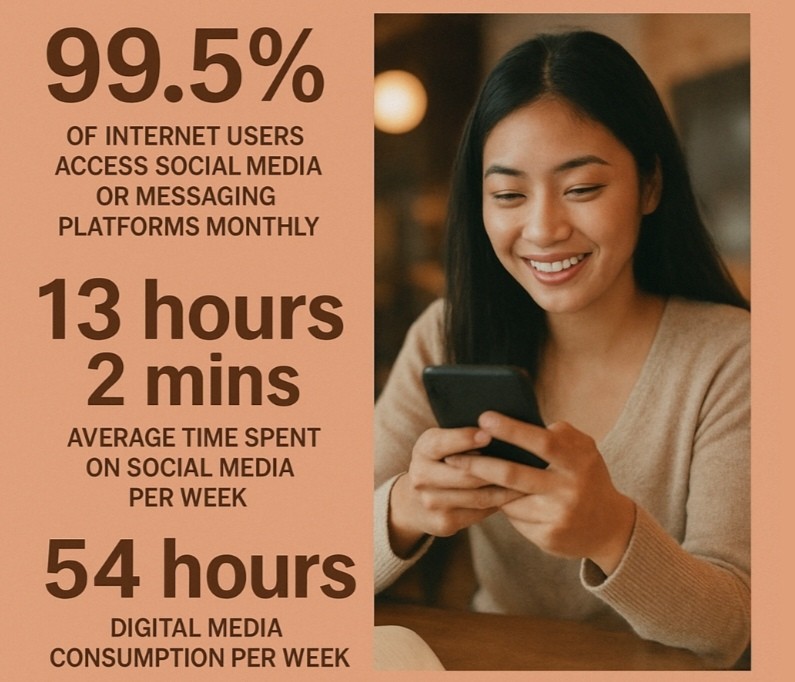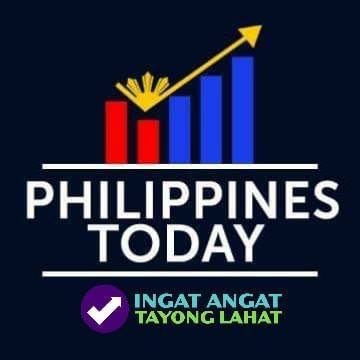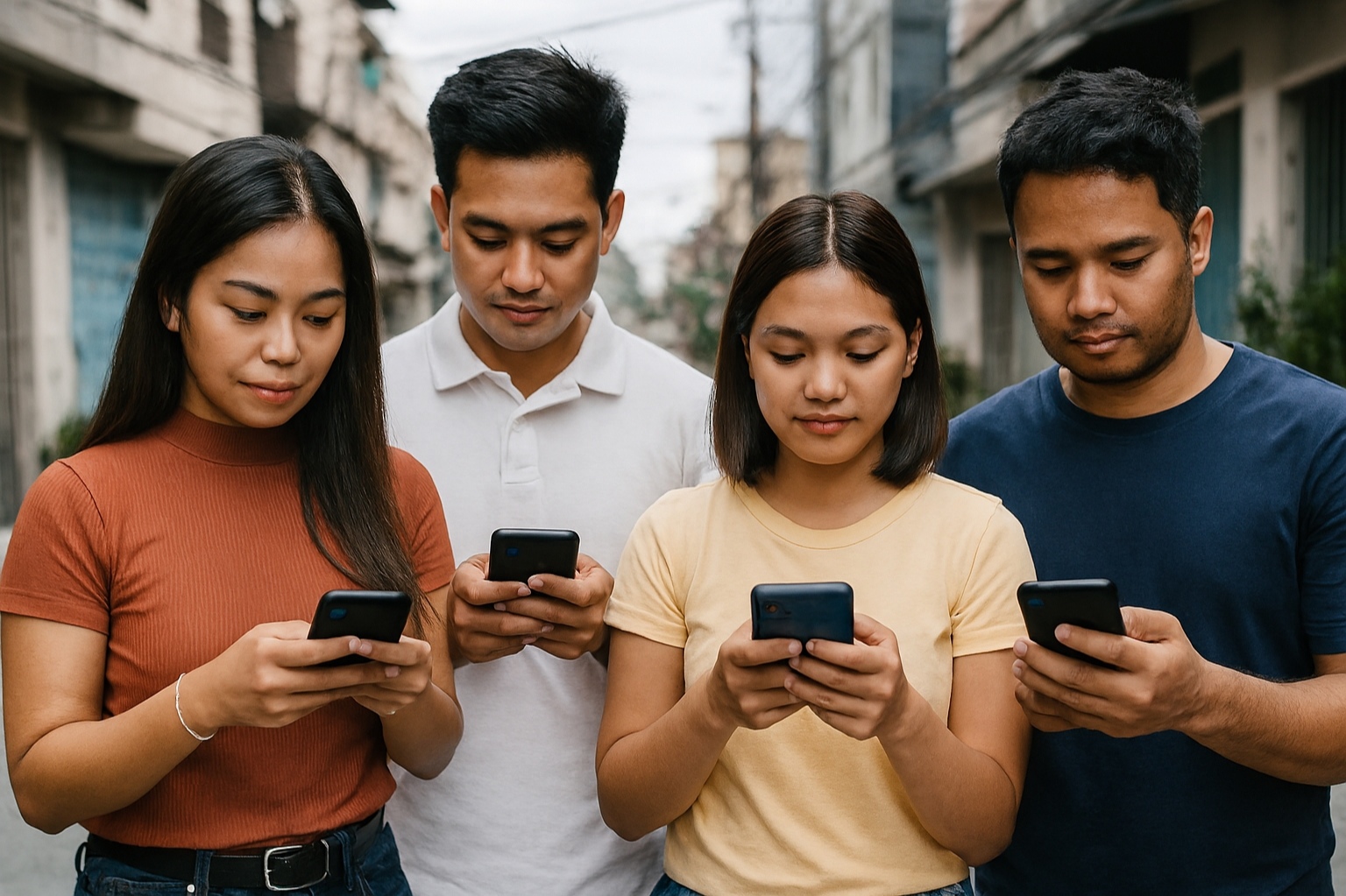Filipinos spend more time online than almost anywhere else in the world
On a typical day in Manila, a young professional might sip a cappuccino while scrolling through YouTube, catch up on Instagram stories during the commute, and check Facebook Messenger between meetings. This seamless blend of work, play, and connection is no anomaly—it reflects a national rhythm.
According to the Digital 2026 Global Overview Report by Meltwater and We Are Social, Filipinos are among the most digitally engaged people in the world, topping charts in both YouTube and Facebook usage. Some 85.5% of Filipinos aged 16 and above access YouTube at least once a month, while 94.9% do the same on Facebook, far exceeding global averages of 55.4% and 68.7%, respectively.

This engagement is not just a pastime; it is woven into the fabric of daily life. Nearly every Filipino internet user—99.5%—checks social media or messaging platforms monthly, making the Philippines one of the most socially connected nations on the planet. Weekly, users spend an average of 13 hours and two minutes on social media, second only to Kenya, while total digital media consumption—including online videos, podcasts, music streaming, and television—reaches a remarkable 54 hours. It is a pace that underscores how digital spaces shape communication, entertainment, and culture in a young, mobile-first country.
The Philippines’ social media footprint extends well beyond Facebook and YouTube. Messenger is used by 90.6% of the population, TikTok by 82.2%, Instagram by 71.2%, and Telegram by 55.7%. Even platforms such as X (formerly Twitter), Pinterest, WhatsApp, Reddit, LinkedIn, and Threads maintain notable followings, reflecting a versatile and evolving digital landscape.
Youth drives much of this momentum. With a median age of just 26.1 years, Filipinos navigate online spaces with fluency and creativity. Multiple reports indicate that social media has become central to Filipino life, shaping how people communicate, consume content, and create online, underscoring the country’s distinctive role in global digital culture. For many, these platforms are more than tools—they are extensions of daily life, spaces where identities, relationships, and ideas converge.
Globally, the digital ecosystem reflects a surge in connectivity. Internet users now surpass 6 billion, accounting for 73.2% of the world’s population. China leads with around 1.29 billion users, or 91.6% of its population.
Social media engages 68.7% of people worldwide, creating a “supermajority” where users outnumber non-users two to one. This rapid growth is propelled by mobile devices, wider internet access, and lifestyles increasingly woven into the digital realm—a phenomenon the Philippines exemplifies with its vibrant online culture.
Yet digital access is not uniform. Rural areas remain underserved, with only 54.5% of the population online compared with near-universal access in urban centers. The report emphasizes that addressing this divide requires continued investment in infrastructure, policy initiatives, and digital literacy programs to ensure equitable opportunities across the country.
For businesses, governments, and organizations, the Philippines offers a blueprint for understanding the reach and resonance of digital life. Its citizens’ engagement demonstrates more than technology adoption—it reflects a culture in which online spaces are central to social interaction, entertainment, and identity.
In this young, mobile-first nation, the digital world is inseparable from daily life, where every scroll, click, and share is part of a larger narrative of connectivity, creativity, and community.



0 Comment